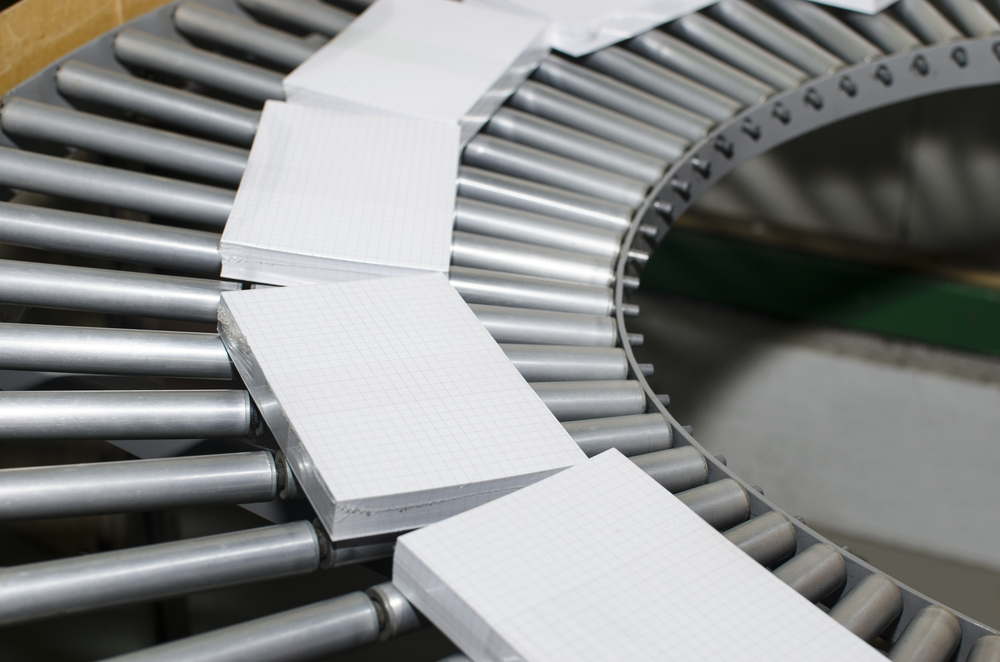Softcover books are cheap to produce, portable, and accessible to readers so why should an author invest the resources to produce a hardcover edition of their book?
Here are 5 reasons every author should add a hardcover book to their product catalog.
1. Hardcover Books are Sturdy
Paperback books can withstand a lot of use but they just aren’t as sturdy as hardcover books.
Hardcover books’ durability can make them more appealing to librarians, teachers, and others whose books may circulate through many readers and be used much more extensively than the average consumer copy.
Similarly, hardcover books are more likely than paperbacks to hold up over the years. Authors considering their legacy should opt for at least a short-run hardcover printing of their book to ensure copies are available to future generations.
2. Hardcover Books are Collectable
Authors who are small and just starting out may not think they have much of a fanbase but just because their inbox isn’t being inundated with daily praise doesn’t mean they don’t have a few superfans.

These superfans don’t just want to read the author’s book but they want to showcase it on their shelf. The book isn’t just an object containing words to entertain them but it becomes a piece of shelf decor.
Hardcover books are better for bookcase showcasing than softcover books. They are something extra that authors can offer their most devoted readers.
3. Professionalism
Hardcover books look professional. They signal to readers that the author put in extra time and resources to create the book and therefore suggest to the reader that the book is of higher quality.
This is especially important if the book in question is a professional work such as a how-to guide that will be sold at conferences or speaker tables.
4. Reader Preference
Some readers simply prefer the feel of a hardcover book in their hands as opposed to a paperback.
The more options readers are given, the more likely they will be to say yes to an author’s books.
If a reader prefers hardcover books they might pick up a paperback if they really love the author but offering the hardcover will bring down all the sales barriers and the reader will eagerly pick up the book.
5. Opportunity to Diversify
Having a hardcover book as well as a paperback gives the author the opportunity to use a different cover or to add features like a dust jacket which might appeal more to the aesthetics of a reader.
Readers do, unfortunately, judge books by their covers and having multiple cover options gives a book the opportunity to visually appeal to a wider range of readers.
InstantPublisher can create a durable and attractive hardcover copy of your book with or without a dust jacket.
For more information on turning your manuscript into a sturdy and appealing hardcover book contact us today.

